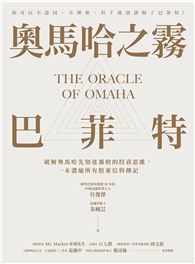According to Charles F. Jenkins, this guidebook is not a history; it presents the main historic facts arranged so that "the sightseer may have no trouble in finding and identifying each particular site." Germantown’s "conception and settlement, the nationality and character of its early settlers, its architecture, its industrial life and enterprise - gave it marked individuality. It was the threshold over which entered the great German immigration which brought many modifications in language, manners and religion to the commonwealth and nation. It was the home, on two occasions, of the President of the United States and members of his cabinet - All these incidents and more make it an important spot in our country’s history and growth."
Opening with a chronology of Germantown, the author provides dates of significant events, beginning with the arrival of Francis Daniel Pastorius in Philadelphia in 1683, up to 1854, when Germantown was made part of Philadelphia. This timetable is followed by a partial bibliography, giving references to publications for those looking to dive deeper into the town’s past. The author then discusses how pioneers traveled to Germantown using steam cars, the settlement of the town, the historical importance of Main Street and the buildings that occupied it, excursions through the East and West sides of Germantown, The Battle of Germantown, a biography of Francis Daniel Pastorius, and a list of the streets of Germantown. Several charming illustrations enhance the text. A full-name and place index concludes this work.
![The Guidebook to Historic Germantown [Pennsylvania]](https://www.books.com.tw/img/F01/a87/64/F01a876415.jpg)











